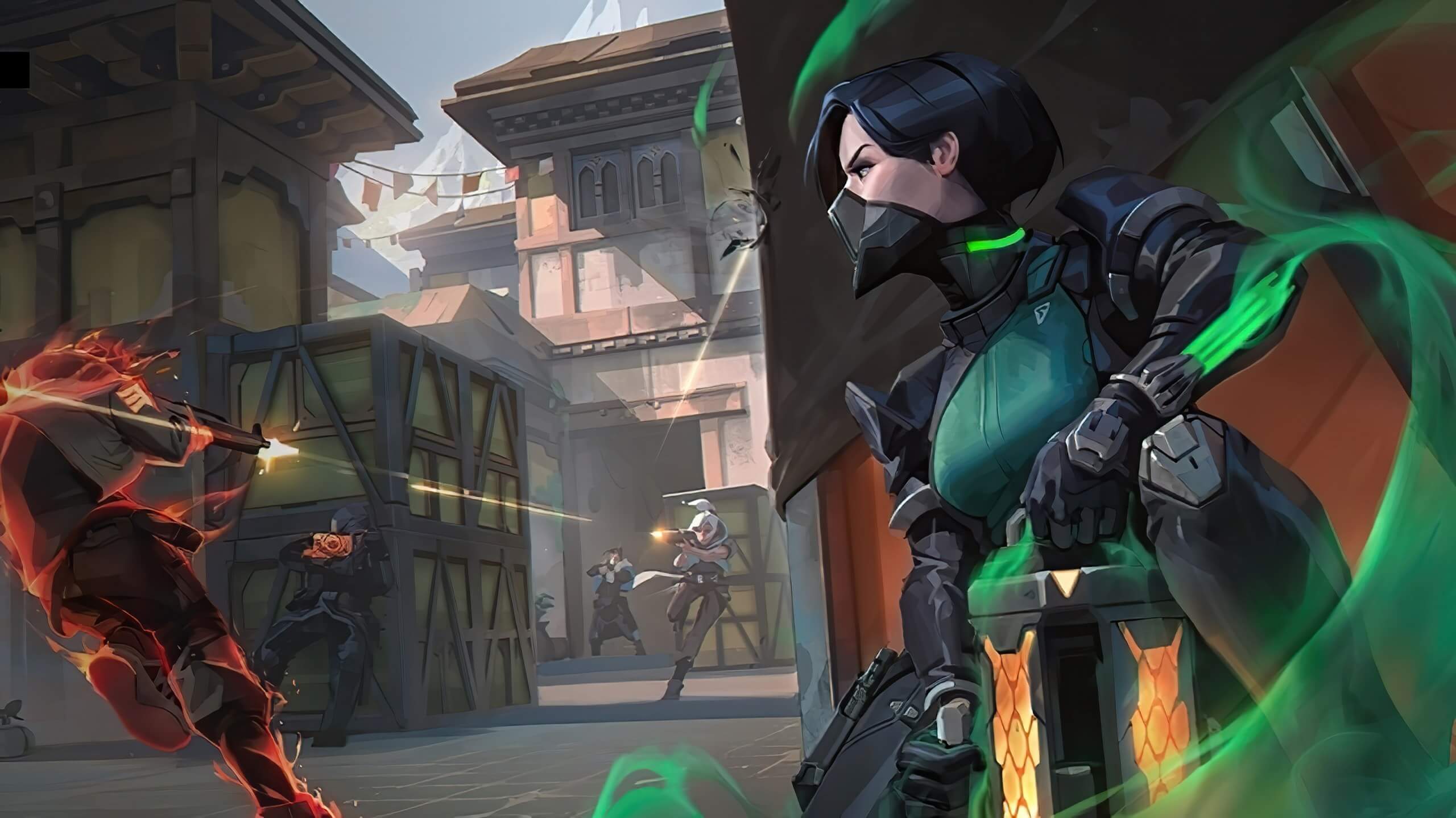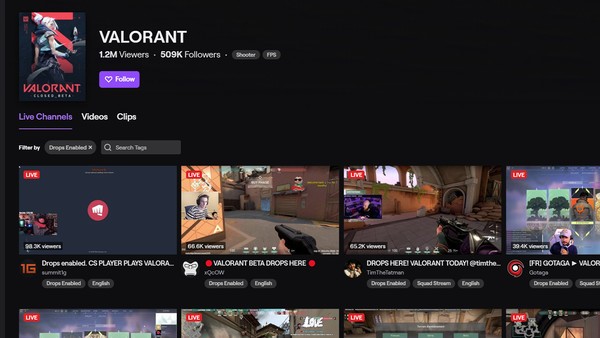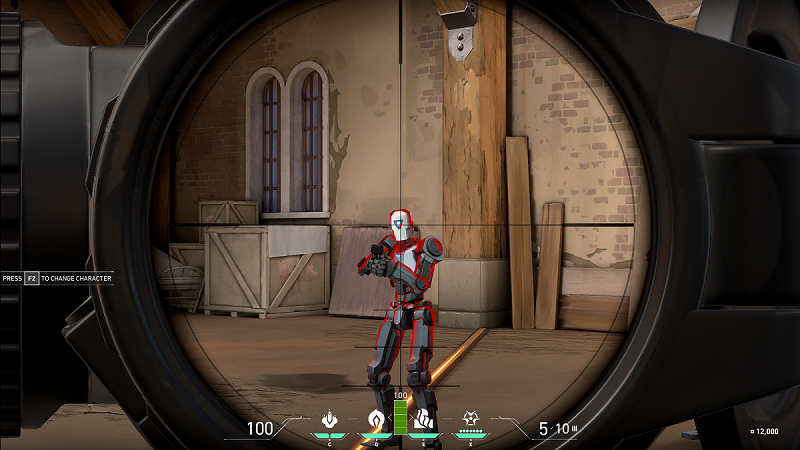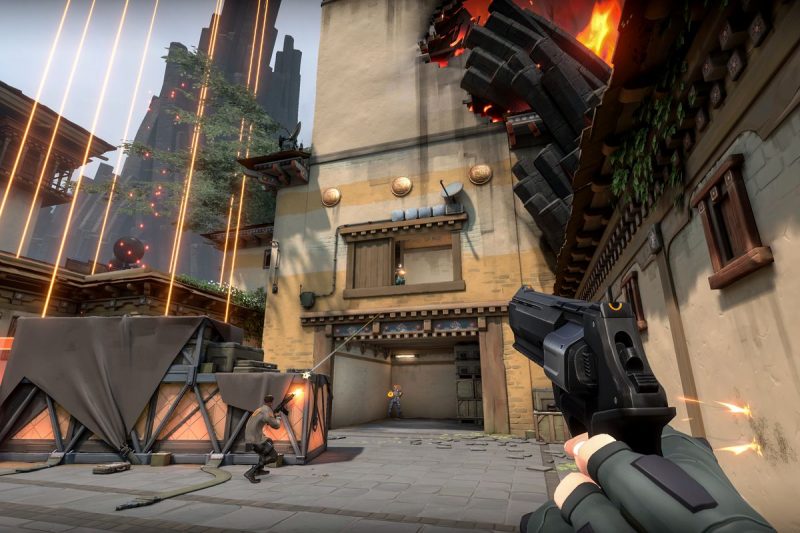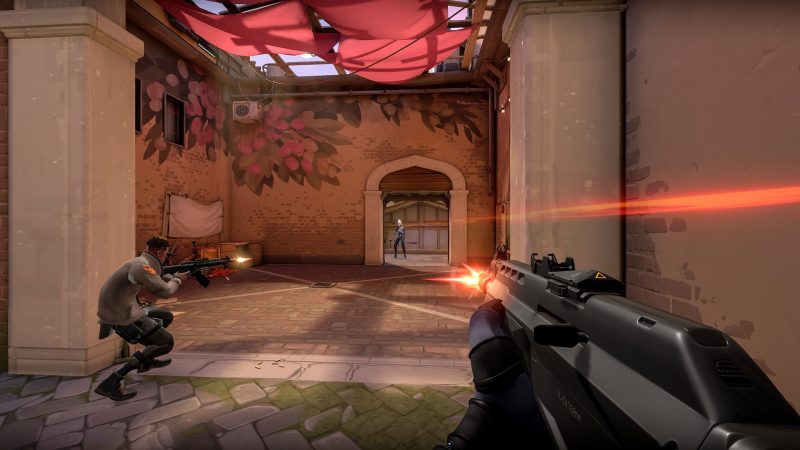In a world where Battle Royale genre has been at its summit for quite some time, imagining anything else making a major impact has become increasingly hard. Ever since the explosion of PUBG and Fortnite, the gaming landscape has ascended into untraversed territories.
And, while the more traditional games like CS:GO, Rainbow Six: Siege and Overwatch have still somewhat retained their loyal player bases, they’re nowhere near their glory days anymore. Riot Games has set out to redirect that trajectory back to a more traditional path with its own spin on the tactical shooter genre, Valorant.
The initial announcement of Valorant was met with a lot of skepticism. Understandably though since the early marketing material made it look like a blatant CS:Go and Overwatch rip-off. However, judging a book from its cover is always a bad idea. And, in the following months, we saw the unraveling of something utterly incredible.
Valorant Closed Beta
Valorant, with its closed beta launch, managed to break many streaming records on Twitch. Everyone was playing it and it was the next big thing. Having said that, there were many other factors involved with its early beta success as well.
Firstly, the way that the beta access worked meant that streaming numbers would always look inflated. Essentially, the only way to gain access to the game was to watch a live stream of it on Twitch.
So, obviously, the numbers were going to look good. Furthermore, since it was Riot Games, the developers behind LoL, the hype was always going to multiply. Now that Valorant is finally out though, things have mellowed out a bit. However, the game is still massive on streaming platforms, retaining its top spot consistently.
Tips and Tricks to rank up fast in Valorant
Is there any substance to the hype though? I mean, from the outside, Valorant is just CSGo with abilities, right? So what makes it so compelling to the players? And, more importantly, is Valorant here to stay, or will it drop down into the forgotten realm? Let’s find out.
Gameplay
For a game like Valorant, I feel like gameplay is hands down the most important aspect. Since it is a tactical shooter, Valorant’s main goal is to have tight gunplay and movement mechanics. And, I’m happy to say that it nails those two things perfectly.
Due to the game’s art style, I had certain reservations at first. I feel like these were mostly based on my previous experiences with similar-looking games like Overwatch and Fortnite.
However, Valorant pieces together a gunplay experience that maybe even CS:Go hasn’t managed to master over the years. While they seem very familiar at first, the differences between the CS:Go and Valorant gunplay start to become apparent very soon.
In Counter-Strike, your reliance on spraying can be a bit too much at times when you miss your initial one-tap shot. However, in Valorant, accuracy is king and you have much finer control over the recoil patterns and burst shooting of your gun. You rarely ever have to fall back to spraying since the initial shots just feel so snappy and responsive.
Furthermore, the movement model is also robust and works perfectly fine. If you’re making the switch from CS:Go, you will have absolutely zero issues with making the switch. However, one thing that does somewhat irk me about Valorant is the player models.
Since Valorant agents need to be unique, they all have varying player models with different sizes. This adds another layer of uncertainty to where your aim needs to be when you’re peeking a corner. However, it is somewhat of a superfluous complaint as having different models is kinda necessary for the agent aspect to work.
The Agents in Valorant
Speaking about agents, let’s talk about whether they are actually a useful addition or not. It would be fair to say that the initial reaction to Valorant’s agents/heroes was not very positive. It felt like they were shoehorned into the game just to make it different from Counter-Strike.
However, Riot has done an excellent job of subverting the narrative and proving that the marriage between CS:Go and Overwatch can actually bear fruitful results. From the recon archer Sova to the knife-throwing Jett, all the agents in Valorant feel unique and well designed. Moreover, they also have distinct personalities that can certainly grow on you with time.
While some heroes will obviously suit some players more than others, the selection is generally pretty balanced. The abilities seem meaningful for different situations and also work well cohesively together during matches.
I had my doubts initially but a month of playing the game has completely changed my thoughts on the matter. Who knew that CS:Go with hero abilities could be so much fun?
Valorant Matchmaking
Everyone knows that CS:Go matchmaking is kinda trash at this point. And while Valorant does try to tackle those issues with its own solutions, it ultimately fails as well. One of the better things about Valorant’s ranking system is the fact that it doesn’t have any decay to it. The process of finding similarly skilled players in matchmaking though is still very hit or miss.
How does the ranking system work in Valorant?
However, one could argue that the inaccuracy is just a product of the game itself. There are just too many factors involved in determining a player’s skill level to assign a value to their rank. So, it is not surprising to see that Valorant fails to nail down the entire matchmaking process as well. No game has managed to do that so why would Valorant be any different?
Region-locking
An even more annoying thing about the way Valorant works though is more of a Riot Games problem than a Valorant problem. The region locking system that Riot Games employs for its games seems archaic now. There are only around a dozen regions around the globe and you absolutely have to play in one of those exclusively.
If you ever make the mistake of not living in one country, you’re basically screwed since you’d have to create a new account for the new region. And, while Riot does offer region transfers, your request can take ages to go through. Oh, and if you have a friend on another continent, then forget about playing the game with him. You’ll have to make a new account for that too.
This is such a limiting factor to what is possibly the biggest game of the year so far. Despite having a global reach, it is puzzling to see why Riot doesn’t just let people play across regions. In addition to that, the lack of a server browser can also be a bit frustrating at times.
How to fix low FPS and other performance issues in Valorant
And, finally, if you’re from any region that’s somewhat distant from the designated regions, forget about getting a decent latency.
Riot Vanguard
The Anti-cheat software implemented by Riot Games for Valorant has taken a lot of flak lately. This is due to the Vanguard having deep access to your kernel. What this means is that it has access to literally every bit of your computer hardware. Sounds sketchy, right? Well, yes but according to Riot Games, this was necessary to ensure that cheaters don’t ruin the experience.
We all know how badly CS:Go is plagued by cheaters. And, while you may encounter some of the same problems in Valorant as well, those are few and far between. So, from the looks of it, Riot Vanguard is doing a pretty good job. And, although the fact that it has access to your system’s deepest nooks and crannies is not ideal, you can at least turn it off if you’re not playing the game.
Visual and Sound Design
Honestly, there just isn’t much to say here. We’ve all seen this art style being implemented in other games and the inspiration is very apparent in Valorant as well. It is not exactly my cup of tea but it doesn’t get in the way of me enjoying the game either. However, the way that Valorant utilizes its visual design to flaunt the agents and environments is still commendable.
At its highest settings, Valorant looks crisp and clear, which is all that you would want from a game like this. Some effects like the smoke and other abilities can seem jarring at first, but you get used to them pretty fast. Additionally, the fact that Valorant can even run on a toaster is fantastic for players with older rigs.
As for the sound design, Valorant does a pretty solid job in that department as well. Everything ranging from the player footsteps to the gunshots sounds on point. However, the sounds that the agents make themselves can be somewhat distracting at times. One could argue though that they are an essential part of Valorant and play an instrumental role in adding character to the game.
Verdict
Despite my reservations going into my first match of Valorant, the tactical shooter from Riot Games has done an extremely good job of subverting my expectations and making me fall in love with the game. Valorant is like a breath of fresh air in a landscape that is currently filled with Battle Royale games.
Additionally, with CS:Go getting stagnant and Valve not doing anything to improve it, Valorant does plenty to entice Counter-Strike players over to its side. Everything ranging from the gunplay to the movement feels robust and well-polished. I’ll go even as far as to say that if Valorant had better matchmaking and cross-region play, it would actually be a better game than CS:Go ever has been.
And, while assigning a score to a game like Valorant is incredibly hard, I think an 8/10 would be appropriate. The game would have absolutely been a 9 for me had I not encountered the issues mentioned above. Hopefully, future updates can fix those little caveats and turn it into a complete experience.
Overall, Riot Games has nailed the combination of a tactical shooter with hero abilities. From the get-go, it just feels right and it just works. And, while the cynic in me is still not fully confident about the game’s long-term relevance, I can safely say that if Valorant does end up staying here for a long time, it’d have deserved it.
Valorant is out now on PC and is free-to-play. You can download it right here.


